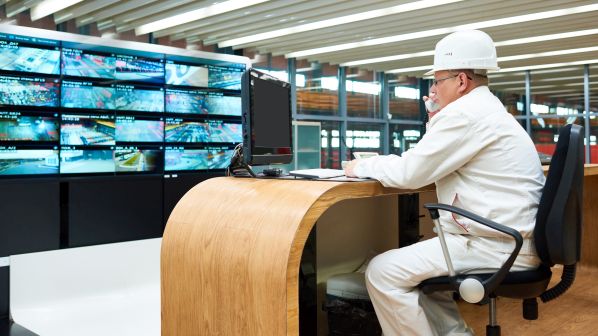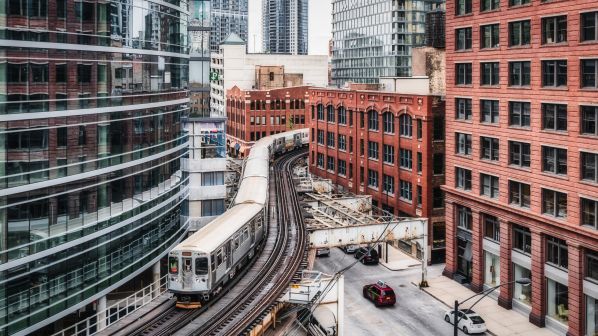According to the Global Infrastructure Outlook published by Oxford Economics in July 2017, more than $US 2 trillion of transport infrastructure investment is needed each year until 2040 to fuel expected economic development. The urban rail sector is inevitably a major beneficiary as cities ranging from Barcelona and Dubai to Shenzhen and São Paulo look to metro networks to ease traffic congestion and deliver sustainable transport options.
While under pressure to do more, rail operators also face numerous operational challenges. Pandemics, natural disasters and major incidents have the potential to quickly hamper regular operation, stifling growth and long-term sustainability. These operational challenges always revolve around safety and security, operational efficiency, customer satisfaction and financial and business growth. Safety in particular is of paramount importance for public transport operators aiming to increase capacity and carry more passengers using existing infrastructure. Improving decision-making efficiency and managing operational performance is critical for operators overseeing both day-to-day operation and critical incidents. Poor quality, insufficient and invalid data present challenges to cross-discipline communication and coordination, impacting incident responses by potentially leading to a loss of valuable response time, which can make the difference between life and death.
Situational awareness, collaborative command and decision-making assistance
Thankfully, a rapid evolution of emerging digital technologies mean solutions are at hand that can help to overcome these challenges. The shift from manual to automated data collection is helping to improve data aggregation, enhancing the quality of information at traffic controllers’ disposal and their ability to make well informed and the most appropriate operational decisions.
Solutions are now available that can merge what was once cluttered information spread across a multitude of data puddles into a single package. Connecting the digital with the physical world opens the door to enhanced situational awareness, and this is exactly what Huawei’s Urban Rail Intelligent Operation Center (IOC) offers rail operators through a wide range of innovative tools.

Urban Rail IOC harnesses data retrieved from video networks and the Internet of Things using both big data and AI-powered analytics to monitor the entire chain of operations: from rail construction sites to network operations, resource development, property management and the group’s activities as a whole. Operators can now receive prompt key indicators about routes, stations and passenger flows, and receive an appropriate alert warning with video analytics, big data and AI-powered analysis on a single map. Global drill-down queries from macro and micro perspectives help operators to gain insights into the root causes of problems when they occur and in real-time.
As an emergency or critical event unfolds, the platform facilitates converged consultation and reporting among staff members, setting the foundation for a truly comprehensive communication. Even employees in the field can contribute by assigning ad-hoc remote access, again enhancing the level of information available to make the most appropriate operational decisions.
At the heart of the Urban Rail IOC, and critical to improvements in decision making by control centre staff, is a unified and shared AI algorithm that makes use of Huawei’s latest AI technologies. This offers efficient modelling and fast inference. And in critical event management situations, the digital platform provides alert-warning, decision-making commands and controls and end-to-end management capabilities to assist controllers to cope with the potential risks.
Crucially Urban Rail IOC is compatible with existing IT systems and prompts a smooth evolution by connecting all corporate application data while integrating new ICT applications such as video, IoT and converged communications as they become available. With its compatibility with 4G, 5G, Wi-Fi or e-LTE, Urban Rail IOC is a versatile application that offers a return on investment.
Shenzhen metro has embraced this technology with encouraging results. The metro has installed MetroBox in its command center, which is located on the 34th floor of its headquarters. The metro’s control center staff have embraced the use of the large GIS screen installed in the command center, which displays a map of the entire network, and can present a complete picture of the operational situation from both a macro and micro perspective and importantly, in real-time. The implementation of the Urban Rail IOC has helped to increase IT resource utilization by 50% by reducing hardware and by adopting of virtualization. Platform security has also improved by 80%. The platform provides resources in a coordinated and unified manner to improve operations and management efficiency. For service deployment, it adopts typical stations as templates and uses replication technology to deploy real-time server services for 20 stations in just 30 minutes.
Visualization and intelligent analysis are a growing trend in urban rail operations. They rely on smart ICT networks and are capable of facilitating intelligent decision making and execution processes. This is an encouraging trend, and one that is likely to continue to grow rapidly as data collection continues to improve.
To learn more about Huawei’s Urban Rail Cloud Platform and how it accelerates the digital transformation of railways, click here.

